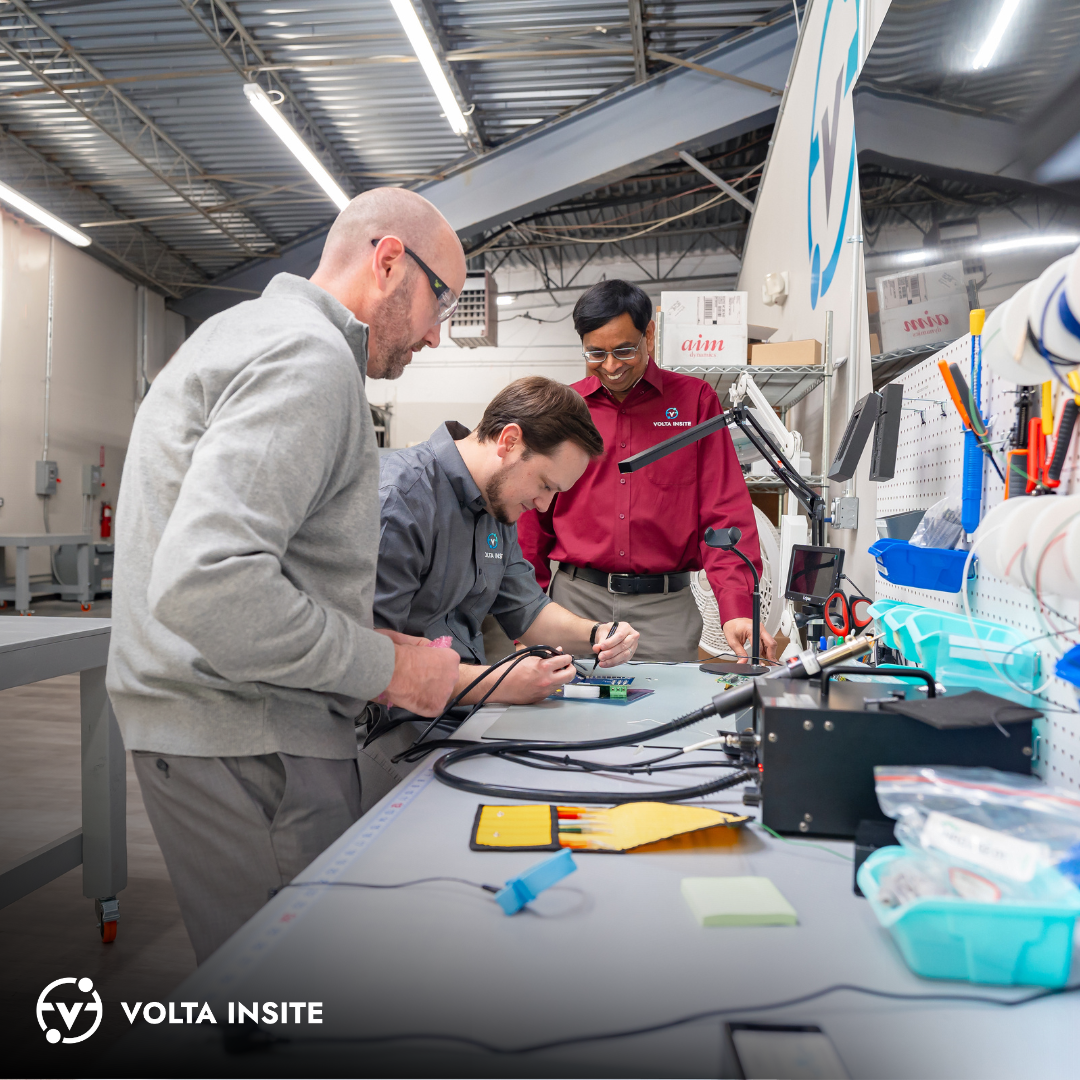
How to Avoid Costly Emergency Repairs at Your Facility
 09/04/2025
09/04/2025
 Back to Articles
Back to Articles

Emergency repairs can be a nightmare for facility managers. Unexpected equipment failures not only disrupt operations but also lead to costly downtime, inflated repair bills, and potential safety hazards. While unplanned maintenance is sometimes unavoidable, most emergency repairs stem from preventable issues. Implementing a proactive approach—particularly through predictive maintenance—can help facilities minimize unexpected breakdowns and maintain operational efficiency.
1. Shift from Reactive to Predictive Maintenance
Many facilities still rely on reactive maintenance, addressing issues only when equipment fails. This approach leads to higher costs due to emergency labor, rush-order parts, and unplanned downtime. Predictive maintenance, on the other hand, uses real-time data to detect early signs of wear and failure, allowing for planned interventions before problems escalate.
How Predictive Maintenance Helps:
-
Early failure detection – Monitors equipment health and identifies anomalies before a breakdown occurs.
-
Optimized maintenance schedules – Prevents unnecessary repairs while ensuring essential servicing happens on time.
-
Cost savings – Reduces emergency labor costs and prevents expensive damage to equipment.

2. Monitor Key Equipment Performance Indicators
One of the most effective ways to avoid costly emergency repairs is by continuously monitoring critical equipment performance indicators. These include:
-
Temperature fluctuations – Overheating can indicate motor failure or excessive friction.
-
Vibration levels – Increased vibrations often signal misalignment, worn bearings, or loose components.
-
Power consumption – A spike in energy usage could suggest inefficiencies or impending failure.
-
Fluid levels and leaks – Low lubrication levels or leaks in HVAC and hydraulic systems can cause serious damage.
Using IoT sensors and AI-driven analytics, facility managers can track these metrics in real time, allowing them to make data-driven maintenance decisions.
3. Establish Routine Inspections and Condition-Based Monitoring
Routine inspections remain an essential part of facility maintenance, even in the era of predictive technology. Technicians should regularly inspect:
-
HVAC systems for clogged filters and refrigerant leaks
-
Electrical panels for loose connections or overheating components
-
Machinery belts, bearings, and seals for signs of wear
-
Plumbing and piping systems for corrosion or leaks
Condition-based monitoring, when combined with regular inspections, ensures that maintenance teams can address issues before they turn into costly emergency repairs.
4. Train Staff to Recognize Warning Signs
Facility staff play a crucial role in identifying early warning signs of equipment failure. Training employees to recognize abnormal noises, unusual odors, or inconsistent performance can help catch minor problems before they escalate. Empowering staff with knowledge about predictive maintenance technology also improves response times and minimizes risks.
5. Plan for Maintenance During Off-Peak Hours
Even with predictive maintenance, some repairs and servicing are inevitable. Scheduling maintenance during off-peak hours minimizes operational disruptions and ensures that any required downtime does not affect productivity. A well-planned maintenance schedule can:
-
Prevent system overloads by servicing equipment before peak demand periods
-
Reduce repair costs by addressing minor issues before they cause major failures
-
Improve overall efficiency by keeping equipment in optimal condition

6. Partner with a Predictive Maintenance Provider
Implementing predictive maintenance may seem overwhelming, but partnering with a provider like Volta Insite simplifies the process. By leveraging AI-driven insights and real-time monitoring, facilities can reduce the risk of emergency repairs, extend equipment lifespan, and lower overall maintenance costs.
Prevent Emergencies Before They Happen
Avoiding costly emergency repairs requires a proactive approach. By investing in predictive maintenance, monitoring key performance indicators, and training staff to recognize early warning signs, facilities can minimize downtime, cut repair costs, and improve overall efficiency.
Volta Insite provides advanced predictive maintenance solutions to help you stay ahead of unexpected failures. Contact us today to learn how we can help protect your facility.


